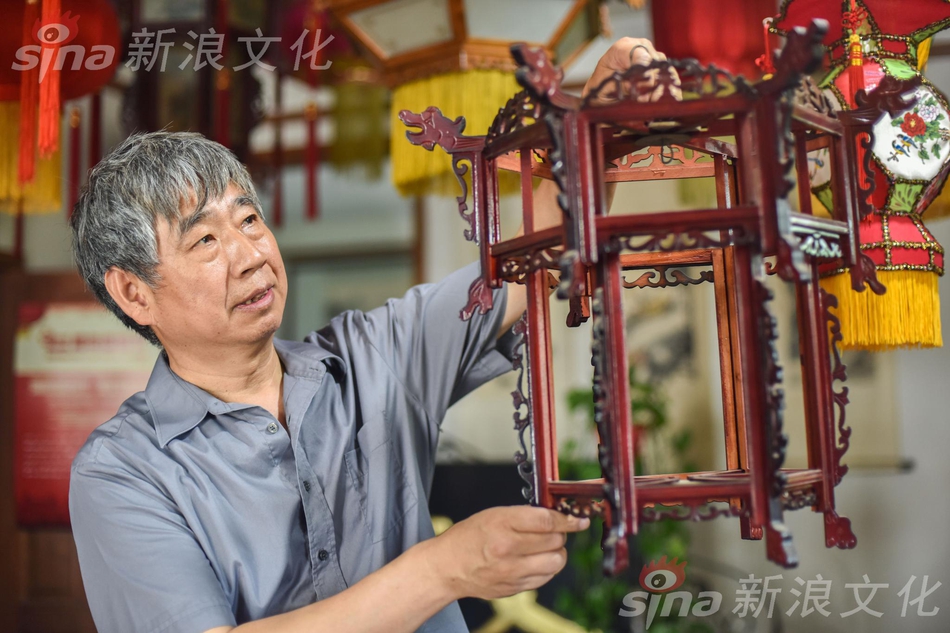您的当前位置:首页 > Comprehensive > 【how much does a john deere 450c dozer weight】Why Kokuyo Camlin Limited’s (NSE:KOKUYOCMLN) Return On Capital Employed Might Be A Concern 正文
时间:2024-09-29 12:32:06 来源:网络整理 编辑:Comprehensive
Today we are going to look at Kokuyo Camlin Limited (NSE:KOKUYOCMLN) to see whether it might be an a how much does a john deere 450c dozer weight
Today we are going to look at Kokuyo Camlin Limited (
NSE:KOKUYOCMLN

) to see whether it might be an attractive investment prospect. Specifically,how much does a john deere 450c dozer weight we’re going to calculate its Return On Capital Employed (ROCE), in the hopes of getting some insight into the business.

First up, we’ll look at what ROCE is and how we calculate it. Second, we’ll look at its ROCE compared to similar companies. Then we’ll determine how its current liabilities are affecting its ROCE.

Return On Capital Employed (ROCE): What is it?
ROCE is a metric for evaluating how much pre-tax income (in percentage terms) a company earns on the capital invested in its business. In general, businesses with a higher ROCE are usually better quality. Overall, it is a valuable metric that has its flaws. Author Edwin Whiting
says
to be careful when comparing the ROCE of different businesses, since ‘No two businesses are exactly alike.’
How Do You Calculate Return On Capital Employed?
Analysts use this formula to calculate return on capital employed:
Return on Capital Employed = Earnings Before Interest and Tax (EBIT) ÷ (Total Assets – Current Liabilities)
Or for Kokuyo Camlin:
0.084 = ₹214m ÷ (₹4.8b – ₹2.3b) (Based on the trailing twelve months to March 2018.)
Therefore,
Kokuyo Camlin has an ROCE of 8.4%.
View our latest analysis for Kokuyo Camlin
Does Kokuyo Camlin Have A Good ROCE?
ROCE is commonly used for comparing the performance of similar businesses. In this analysis, Kokuyo Camlin’s ROCE appears meaningfully below the 12% average reported by the Commercial Services industry. This performance could be negative if sustained, as it suggests the business may underperform its industry. Putting aside Kokuyo Camlin’s performance relative to its industry, its ROCE in absolute terms is poor – considering the risk of owning stocks compared to government bonds. There are potentially more appealing investments elsewhere.
Our data shows that Kokuyo Camlin currently has an ROCE of 8.4%, compared to its ROCE of 2.5% 3 years ago. This makes us wonder if the company is improving.
NSEI:KOKUYOCMLN Past Revenue and Net Income, March 1st 2019
It is important to remember that ROCE shows past performance, and is not necessarily predictive. ROCE can be misleading for companies in cyclical industries, with returns looking impressive during the boom times, but very weak during the busts. ROCE is, after all, simply a snap shot of a single year. You can check if Kokuyo Camlin has cyclical profits by looking at this
free
graph of past earnings, revenue and cash flow
.
Do Kokuyo Camlin’s Current Liabilities Skew Its ROCE?
Liabilities, such as supplier bills and bank overdrafts, are referred to as current liabilities if they need to be paid within 12 months. Due to the way ROCE is calculated, a high level of current liabilities makes a company look as though it has less capital employed, and thus can (sometimes unfairly) boost the ROCE. To check the impact of this, we calculate if a company has high current liabilities relative to its total assets.
Kokuyo Camlin has total assets of ₹4.8b and current liabilities of ₹2.3b. As a result, its current liabilities are equal to approximately 48% of its total assets. In light of sufficient current liabilities to noticeably boost the ROCE, Kokuyo Camlin’s ROCE is concerning.
What We Can Learn From Kokuyo Camlin’s ROCE
This company may not be the most attractive investment prospect. Of course,
you might find a fantastic investment by looking at a few good candidates.
So take a peek at this
free
list of companies with modest (or no) debt, trading on a P/E below 20.
For those who like to find
winning investments
this
free
list of growing companies with recent insider purchasing, could be just the ticket.
We aim to bring you long-term focused research analysis driven by fundamental data. Note that our analysis may not factor in the latest price-sensitive company announcements or qualitative material.
If you spot an error that warrants correction, please contact the editor at
. This article by Simply Wall St is general in nature. It does not constitute a recommendation to buy or sell any stock, and does not take account of your objectives, or your financial situation. Simply Wall St has no position in the stocks mentioned. Thank you for reading.
View comments
Is VirnetX Holding Corporation (VHC) A Good Stock To Buy?2024-09-29 12:26
Seven New Year's Resolutions for Bitcoiners2024-09-29 12:19
Virtus: 4Q Earnings Snapshot2024-09-29 11:47
CBS Soars to a New 52-Week High2024-09-29 11:19
Recap: Mallinckrodt Q1 Earnings2024-09-29 11:08
Traders: Bitcoin Trend Looking Ugly, Why a Slow Drop Below $3,000 is Expected2024-09-29 10:47
3 Hidden Costs Of Business School2024-09-29 10:41
Brunswick (BC) Q4 2018 Earnings Conference Call Transcript2024-09-29 10:32
Hydro66 Announces Additional Advance Under Convertible Loan2024-09-29 10:02
Metso agrees to acquire the service business of Chile's HighService Corp2024-09-29 09:46
Integrated Passive Devices Market revenue to cross USD 2 Billion by 2026: Global Market Insights, Inc.2024-09-29 11:49
Disrupting the Legal Sector Through Technology2024-09-29 11:42
BRIEF-Chengdu Xingrong Environment's Unit Plans Two Water-Related Projects2024-09-29 11:26
Top GE analyst Stephen Tusa not impressed by earnings: 'Scratching our heads at the stock reaction'2024-09-29 11:16
5 Stocks With Decent Growth Potential to Watch Ahead2024-09-29 10:46
Australian Share Market Ends Year With Investors Wiping Out $40 Billion in Value2024-09-29 10:24
BRIEF-Qingdao Huijintong Power Equipment Wins State Grid's Bids For 218.0 Million Yuan2024-09-29 10:21
Transocean Inks $830-Million Drilling Contract With Chevron2024-09-29 10:17
Manufacturing data helps lift stocks, U.S. dollar bounces2024-09-29 10:07
REPEAT-Second Annual BMO Volunteer Day: BMO Employees in Vancouver and Across North America Give Back to the Community2024-09-29 10:07